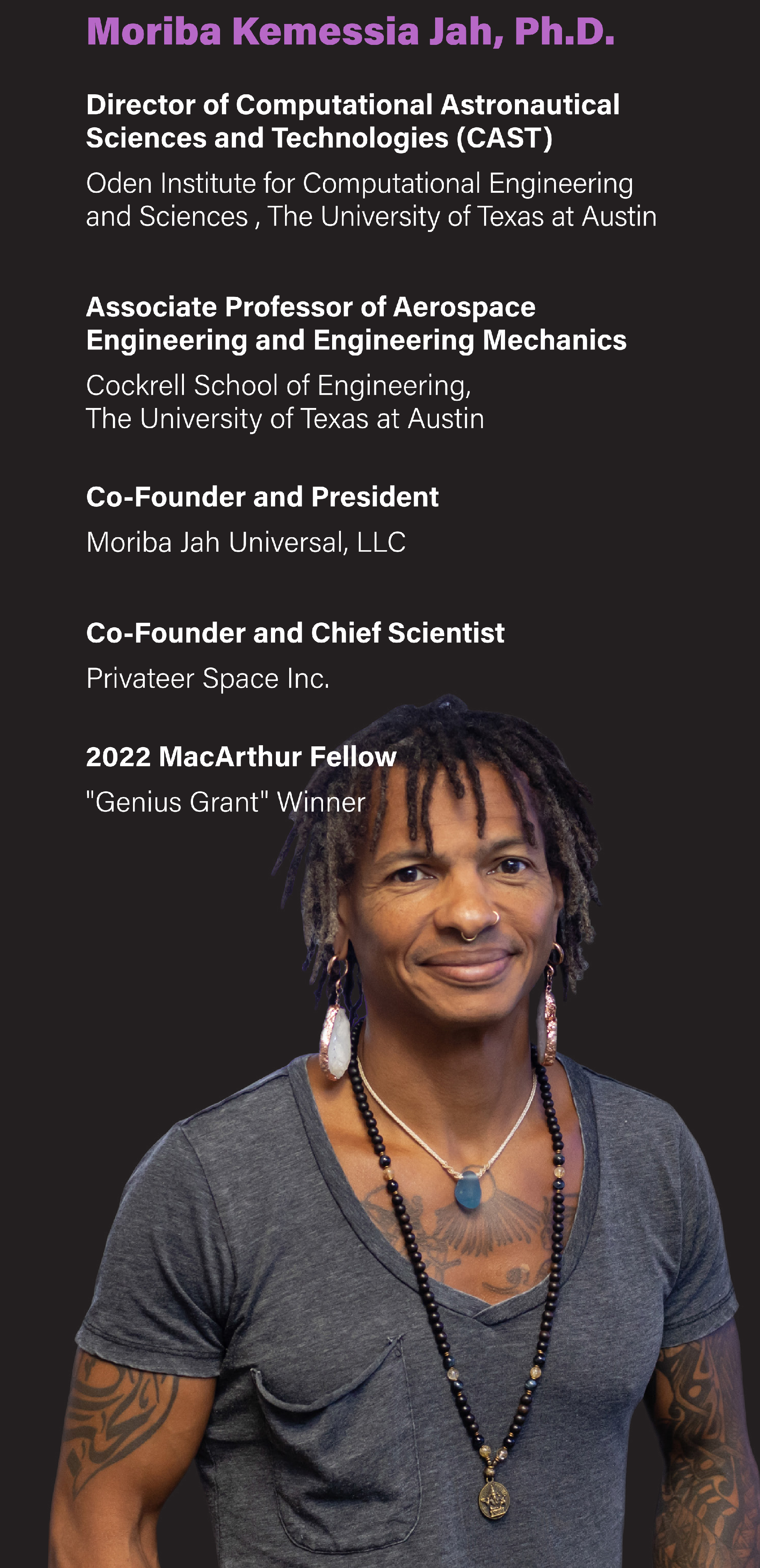At the STATCAST23 Conference for science and STEM educators in Houston, TX we celebrated our unique transdisciplinary STEM unit for high school and undergraduate students: Environmental Stewardship of Near-Earth Orbit. This cutting-edge interdisciplinary
experience challenges students to consider natural and anthropogenic satellites, and the pollution of the environment just beyond Earth’s atmosphere. Dr. Moriba Kemessia Jah has raised awareness globally of the myriad problems caused by debris from satellites no longer operational but still orbiting Earth. He holds several titles and will be a Full Professor at The University of Texas at Austin in Fall 2024.
We launched R&D on this unique unit in 2018 with a cohort of amazing collaborators, including Dr. Jah, Dr. George Tselioudis of NASA Goddard Institute for Space Studies and Carolyn Harris of NASA’s Education & Outreach. Dr. Kristine Varney helped develop it further with her classrooms–once in Texas and again in Virginia. We are grateful for their expertise and collaboration in developing an action-packed unit! Students explore orbits and projectiles, prototype a satellite, understand how GPS works, and tap into the Wayfinder database of all trackable satellites. Students LOVE this rigorous learning experience!
Dr. Jah uses Traditional Ecological Knowledge (TEK) as a lens to view and address myriad problems caused by satellite debris. Students are introduced to space environmentalism! The Environmental Stewardship of Near-Earth Orbit is an example of how we present STEM as an enterprise of “unfinished” storylines. This approach helps students see how their ideas and voices can make a difference right now and as they enter the adult world of work and higher education.

